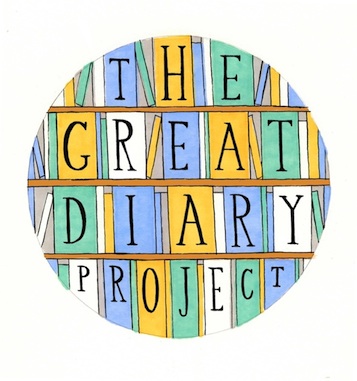
A new exhibition of diaries opened last month at the Morgan Library in New York. It’s an understated show, carefully researched and yet openly confused about the form itself – the curator, Christine Nelson, attempts to conclude: “Perhaps it comes down to just two points: the subject of a diary is oneself, and the structure of a diary is incremental, building over time”.
The show features a sweeping range from Bob Dylan's touring sketch books, to Charlotte Bronte’s (1816–1855) childhood diaries in which she describes a secret kingdom, called ‘Angria’, which she invented with her beloved frail brother Branwell. Her sister Emily on the other hand, deceptively “seems a rosy sugar plum”. The centerpiece of the exhibition is the seminal journal of Henry David Thoreau (1817–1862), which stands alongside the first editions of the confessions of St. Augustine (354–430) and Jean-Jacques Rousseau (1712–1778), both transformative figures in the history of self-examination and self-revelation.
However, the curators of the show are clearly aware of the absurdity of the self as a subject. Tennessee Williams’ diaries for instance, begin as he means to go on, in a whirl of melodrama: “a black day to begin a blue journal”. They form an atmospheric record of his creative and social anxiety in 1950s New York at a peak time in his career – Cat on a Hot Tin Roof had just gone into rehearsal and a new production of his acclaimed A Streetcar Named Desire was about to open. A later entry simply states: “Nothing to say except I’m still hanging on”.
http://www.themorgan.org/exhibitions/default.asp




